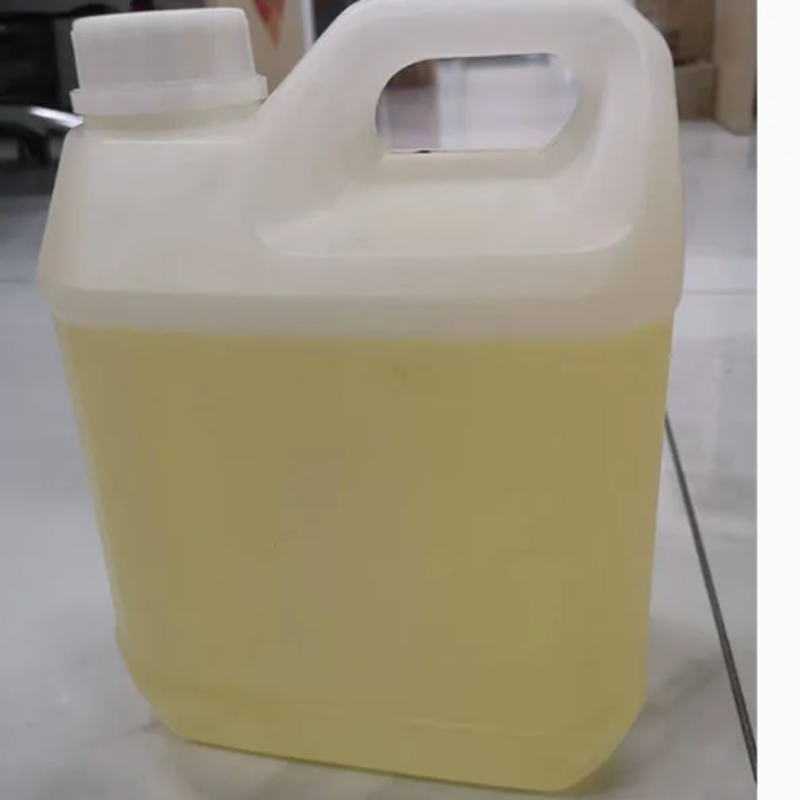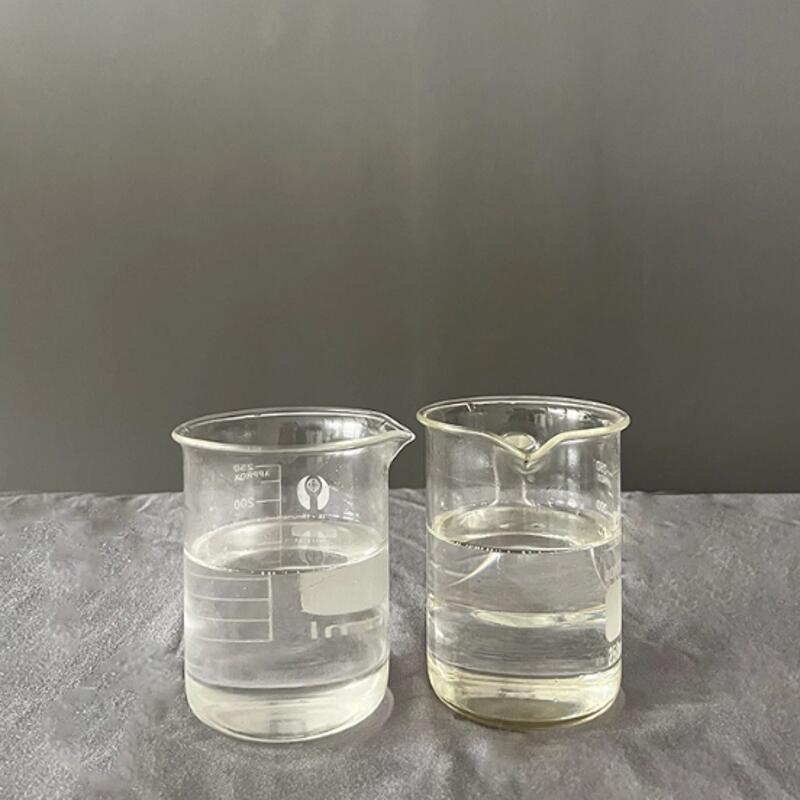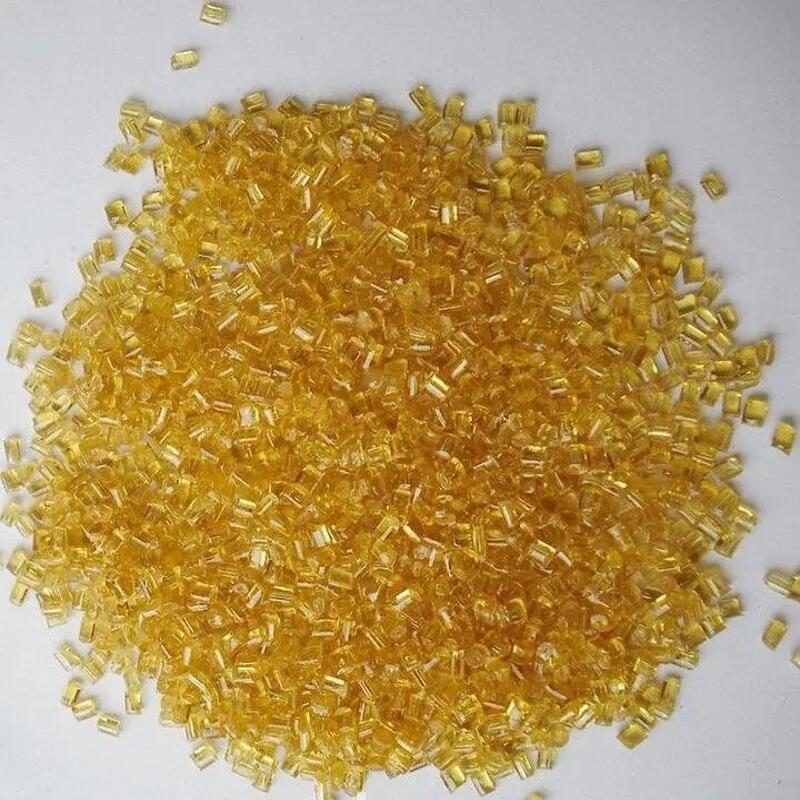-
Categories
-
Pharmaceutical Intermediates
-
Active Pharmaceutical Ingredients
-
Food Additives
- Industrial Coatings
- Agrochemicals
- Dyes and Pigments
- Surfactant
- Flavors and Fragrances
- Chemical Reagents
- Catalyst and Auxiliary
- Natural Products
- Inorganic Chemistry
-
Organic Chemistry
-
Biochemical Engineering
- Analytical Chemistry
-
Cosmetic Ingredient
- Water Treatment Chemical
-
Pharmaceutical Intermediates
Promotion
ECHEMI Mall
Wholesale
Weekly Price
Exhibition
News
-
Trade Service
Fiber-reinforced polymer composites have many useful properties, but their greatest disadvantage is that they are complex and expensive to manufacture
.
"This is arguably the first time the industry has achieved 3D printing of continuous carbon fibers and thermoset composites," said Kun (Kelvin) Fu, an assistant professor of mechanical engineering at the University of Delaware and corresponding author of the research project
.
According to reports, the team developed a 3D printing method called localized in-plane thermal assisted (LITA)
.
Schematic of the new 3D printing method devised by the University of Delaware researchers: A heater contacts and moves along the carbon fiber to create a dynamic temperature gradient that triggers a dispensed liquid polymer to infuse and solidify the carbon fiber structure
.
In LITA 3D printing, the researchers carefully controlled the temperature of the carbon fibers, helping the liquid polymer flow into the channels between the carbon fibers
.
LITA 3D printing does not require post-curing, resulting in significant energy savings compared to traditional composites that require tens of hours of post-curing
.
The team developed a robotic system that includes a unique print head and autonomous robotic arm
.
LITA 3D printing could provide many industries with a fast, energy-efficient way to manufacture composite components of various shapes using various combinations of polymers and fibers
.







